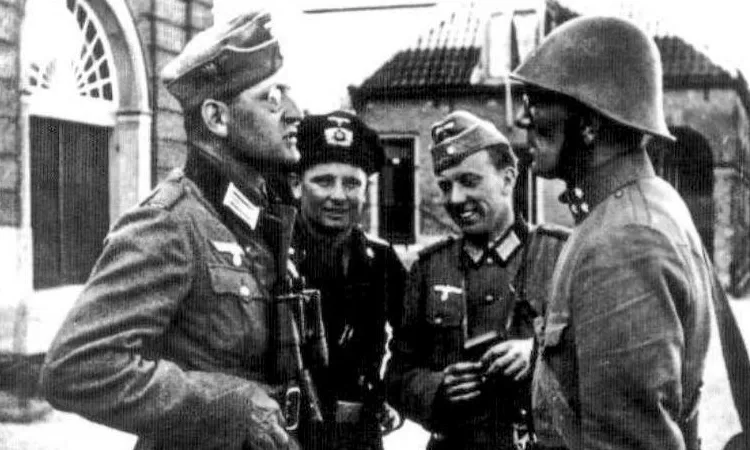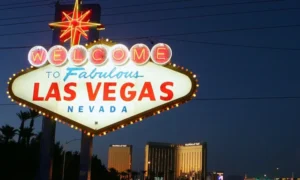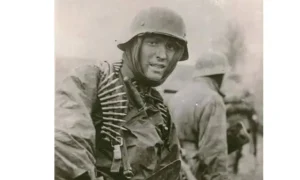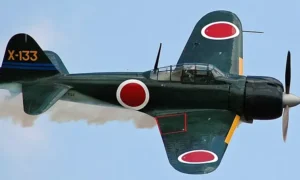It began with a blur of steel and the roar of tanks vintage mayhem, truly. And no, it didn’t just fizzle out there.
So picture this: May 15, 1940. The Netherlands obstinately clinging to its neutrality while Europe went up in flames, finally threw in the towel and capitulated to Nazi Germany. This was not another headline this was Europe’s first major crack. The Dutch, who’d gotten it their way of just staying out of the fray, all of a sudden had front row seats at the world’s ugliest brawl.
What really put them on their knees? The Germans came like a nightmare quickly, brutally, irresistibly. Was it the relentless, barbarous bombing of Rotterdam that broke their will at last? Or was it merely the sheer scale of the German army sweeping all before it?
Yeah, we’re about to get into the guts of it. We’ll dig into the split second calls, the chain of events, and even some of the wild personal stories behind one of WWII’s most jaw dropping surrenders. The Netherlands went from industrial powerhouse to just another piece in Hitler’s twisted game and trust me, the fallout from that moment didn’t just stay local; it sent shockwaves through the whole war.
WWII Military Vehicles On Miltrade.com
The German Invasion

On 10 May 1940, the German war machine unleashed its wrath. The world had already seen the devastation of Blitzkrieg, but what followed was different. Operation Fall Gelb, Germany’s invasion of France and the Low Countries, was designed to strike with speed, accuracy, and sheer force.
But the Dutch were not the primary target. France was. Belgium was. But like a flash flood which crashes down upon everything, the invasion did not merely strike France; it swept over the Netherlands almost as an afterthought. The Wehrmacht, abetted by mechanized soldiers and air superiority, burst into Belgium and into the lowland plains of the Netherlands, bypassing the massively fortified Maginot Line and using the element of surprise.
Military Vehicles On Miltrade.com
The Luftwaffe
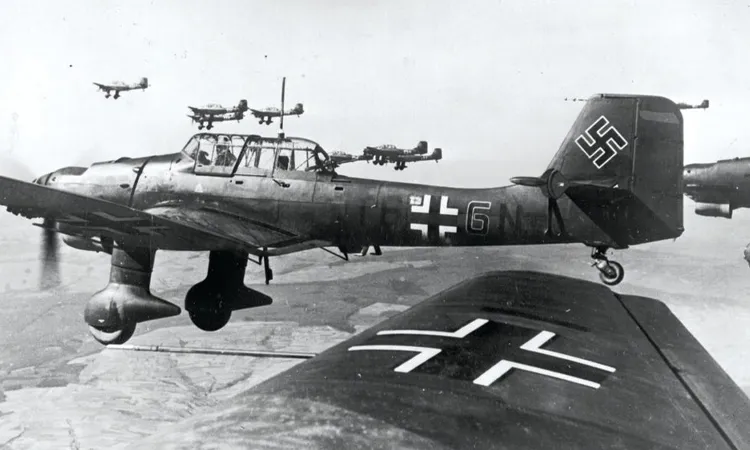
The strong German air force, the Luftwaffe, was the key force in overwhelming Dutch defenses. Rotterdam and other major cities were pounded with air raids, and the blitzkrieg bombing campaigns reduced civilian infrastructure to rubble. The horrific speed of the German campaign left no time for defense or withdrawal, and the Dutch troops, as courageous as they were, were outmaneuvered on all fronts.
The Panzer Drive Blitzkrieg Unleashed
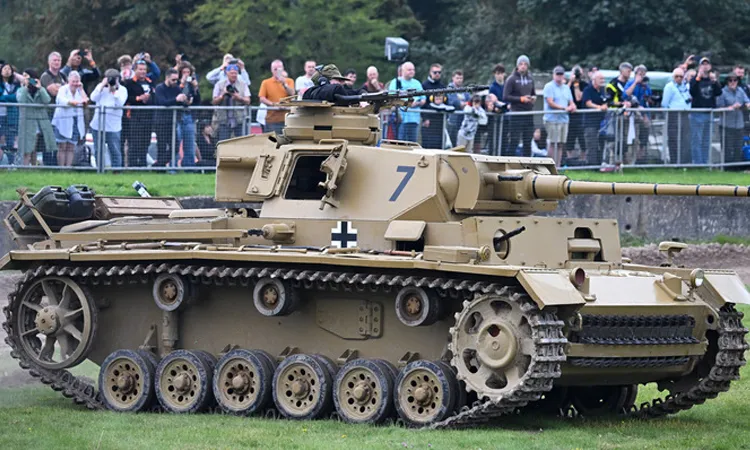
The German Panzers advanced rapidly into the heart of the Netherlands. The aim was not just to win but to intimidate in the very center of the nation. Tanks were preceded by infantry, crushing Dutch defenses, rapidly securing key locations in cities like The Hague and Amsterdam.
The result? A swift, merciless victory that shocked the world. In a matter of days after the invasion’s beginning, the Dutch were left asking: How did a defense-ready country fold so rapidly?
The Surrender May 15, 1940

By May 15, the Dutch realized they were cornered. Rotterdam was destroyed. Their military infrastructure was ruined. And the German troops were too powerful to resist.
In a tragic decision, Queen Wilhelmina and the government of the Netherlands were forced to capitulate, realizing that continued resistance would only gain more destruction and unnecessary loss of life.
Netherlands Military Vehicles On Miltrade.com
The Bombing of Rotterdam
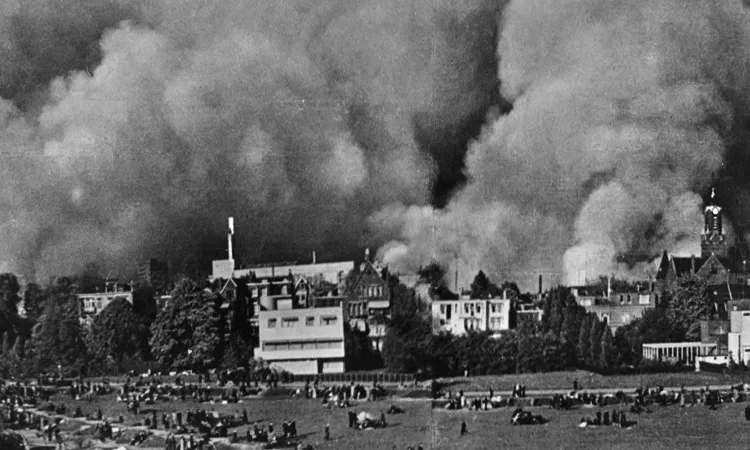
On May 14th, 1940, the city of Rotterdam in the Netherlands, one of its top commercial centers, was bombed in a manner that would forever leave its name etched in WWII history. It was not just an attack during the war; it was a message a heinous exhibition of power by the German air force and the magnitude of Hitler’s fixation on gaining Dutch surrender.
The Assault: An Exhibition of Brute Power
During Operation Fall Gelb, the Luftwaffe indiscriminately bombed Rotterdam. In a space of hours, German bombers rained hundreds of tons of bombs over the city center. The assault was swift, ruthless, and devastating aimed as much at disabling military facilities as at breaking the morale of the civilians. The bombing was targeting strategic infrastructure: ports, bridges, and factories, but also houses, leaving a gigantic trail of destruction.
The result was catastrophic:
- The city center was almost destroyed.
- More than 1,000 civilians were killed in the bombings, and thousands were injured.
- Tens of thousands were left homeless.
The Dutch Decision Making Impact
As Rotterdam burned, the German ultimatum was simple:
Surrender or be completely destroyed.
This was not just tactical bombing; this was a psychological weapon. The magnitude of destruction and the potential for other major cities such as Amsterdam and The Hague to be destroyed put the Dutch government in a pincer movement. In a matter of hours, the horror of the bombing and the possibility of more destruction at their doorstep led to the Dutch surrender.
The Aftermath A City in Ruins
Rotterdam would never be the same. It was a city that embodied both the best and worst of the Dutch people during the war. While the physical city finally was rebuilt, the psychological scars ran much deeper. The bombing of Rotterdam was the first large civilian city to be bombed in WWII, and it paved the way for the type of war that would come to dominate much of the conflict in the years to come.
The Legacy of the Dutch Surrender
The Netherlands’ collapse to Nazi Germany was not just a military loss it was a victory for the expansionist visions of Hitler at a symbolic level. The unexpected fall of the country shook Europe, tilting the balance of power in the first few years of World War II. But beyond the immediate military issues, the capitulation affected both Nazi and Allied plans for the rest of the war.
“Key Events of the Netherlands in WWII Timeline & Collector Highlights”
| Event | Date | Impact | Collector Interest |
|---|---|---|---|
| German Invasion of the Netherlands | May 10, 1940 | Rapid advance via Blitzkrieg tactics, bypassing defenses | German helmets, insignia, Dutch military gear |
| Bombing of Rotterdam | May 14, 1940 | City center destroyed, 1,000+ civilians killed | Rotterdam relics, resistance medals, wartime photos |
| Dutch Surrender | May 15, 1940 | Capitulation to avoid further destruction | Capitulation documents, military insignia |
| Dutch Resistance | 1940–1945 | Sabotage, espionage, aiding Allied forces | Resistance medals, underground press artifacts |
| German Occupation | 1940–1945 | Economic control, strict military rule | Occupation currency, propaganda posters |
Impact on German Strategy
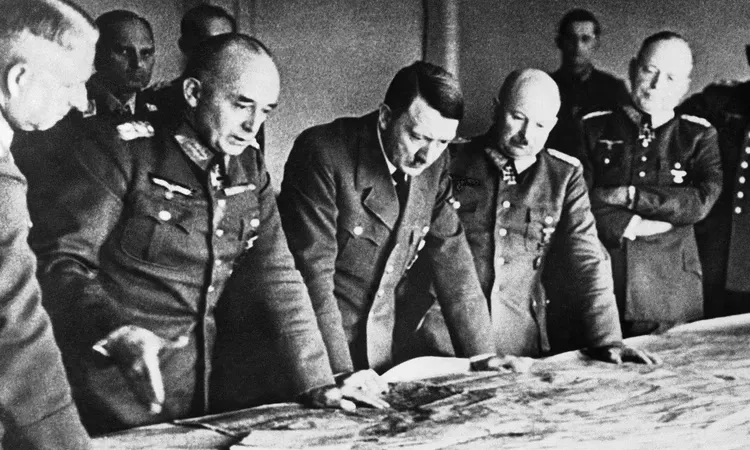
The speedy collapse of the Netherlands was a main victory for the Germans. It gave the Nazis a strategic beachhead in Western Europe and gave them a huge coastline on the North Sea and significant ports. It helped them to continue with the invasion of France, as the Dutch resistance was negated, and the German forces could focus on the larger and more complex invasion of France and Belgium.
But the defeat of the Netherlands was not unnoticed. The speed and ferocity of the invasion, not to mention the de population effect on civilian populations, galvanized increasing resolve among the Allies to fight back most especially in Britain, whose war was suddenly a global war, not a European war.
The Dutch Resistance
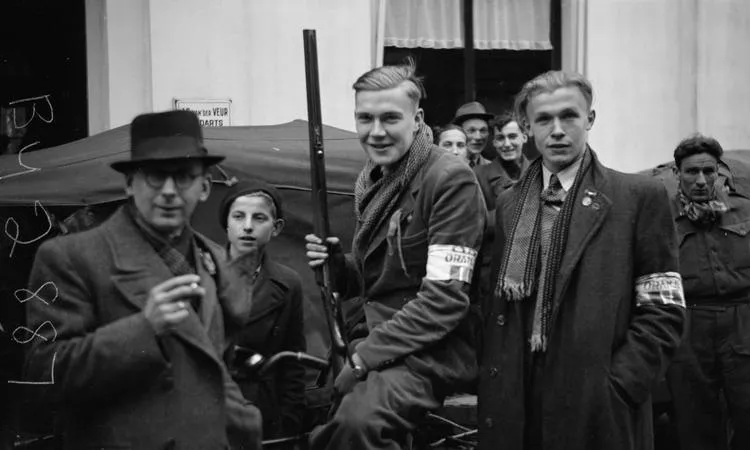
While the official surrender indicated a conclusion to open combat, Dutch resistance grew more tenacious as the war progressed. Day to day acts of resistance, sabotage, and espionage were a constant thorn for the German occupation. The resistance played a large part in espionage for the Allies and helping airmen who were avoiding Nazi occupied lands.
Army Medals & Insignia On Miltrade.com
Collecting the Story, The Artifacts of War
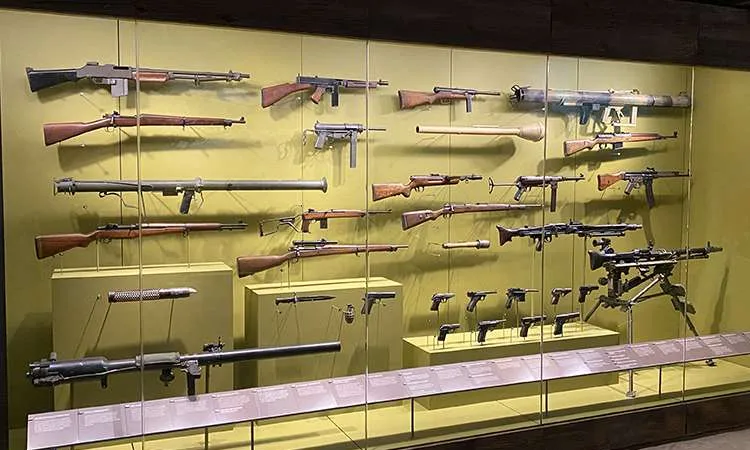
Man, the stuff people left behind after the Dutch got steamrolled by the Nazis it’s wild. Every scrap tells a story, you know? We’re talking everything from battered helmets to random junk folks used to get by while the country was under the boot.
Military Insignia & Gear

So after the Germans waltzed in, their uniforms and medals were everywhere. You’d see Nazi badges, those intimidating helmets with their creepy insignia, even SS patches just lying around or stashed away. Honestly, it’s kind of chilling. And if you stumble on an original Dutch uniform? Especially one rocked by a resistance fighter? Jackpot. Collectors drool over that stuff.
German Helmets: These things are iconic big, heavy, stamped with all the symbols you’d expect. Soldiers wore ’em through the whole invasion and occupation. Now? They’re collector gold.
Dutch Resistance Medals: Now here’s something rare! These medals were handed out to folks who actually stood up to the Nazis. They’re not just shiny bits of metal each one’s a badge of guts and grit. If you’re into WWII memorabilia, grabbing one of these is basically the holy grail.
Conclusion
Man, the fall of the Netherlands in May 1940? That wasn’t just some blip in a dusty old timeline it was the gut-punch that kicked off a way darker saga for Europe. And Rotterdam? Jeez, that place got hammered. Bombs everywhere, buildings leveled, and somehow, it turned into this weird badge of honor proof that the Dutch could get knocked down but not knocked out.
Here’s the thing though: even when the country’s leaders threw in the towel, regular folks didn’t just roll over. The whole resistance scene, all those secret missions and people risking everything? That stuff sticks with you. And you see it, not just in boring history books, but in the things left behind. German helmets, pins from the resistance, scrap metal with stories welded into every dent each one’s like a time capsule from people who flat out refused to fade away, even when the Nazis bulldozed their home turf.
That’s where miltrade steps up. Not to get all sales y, but this is the spot where history geeks and collectors can actually grab a piece of the past stuff you can hold, not just read about. It’s not about some dusty old trinket on a shelf. It’s about grabbing hold of something that survived, that matters.
So, if you’re the kind of person who wants to feel history in your hands, not just your head, miltrade’s where it’s at. You don’t just remember the past you keep it breathing.
FAQs
Was the Dutch WWII surrender really because of the bombing of Rotterdam?
Fairly well, yes. Rotterdam was bombed so badly that Amsterdam and The Hague were assumed to be next. One brutal message from the Luftwaffe, and the writing was on the wall.
What kinds of WWII Dutch things show up on Miltrade?
Oh, man everything from resistance medals to German helmets left behind in 1945. I’ve even seen a Dutch uniform that looked like it came straight out of a foxhole.
Did the Dutch Resistance actually make a difference after the surrender?
You bet they did. They sabotaged rail lines, smuggled downed Allied pilots, and made life miserable for the occupiers. Some of their gear and medals are like collector gold now.
Why do collectors value items from the Rotterdam bombing?
Because they’re raw and uncommon. Shrapnel fragments, burned signs, even salvaged military equipment all of it’s history you can hold.
Where does one even find authentic WWII Netherlands memorabilia?
If you don’t feel like playing guess the fake and getting the real thing, Miltrade’s where it is. It’s where I’ve seen the best, most authentic finds the kind you boast about for years
